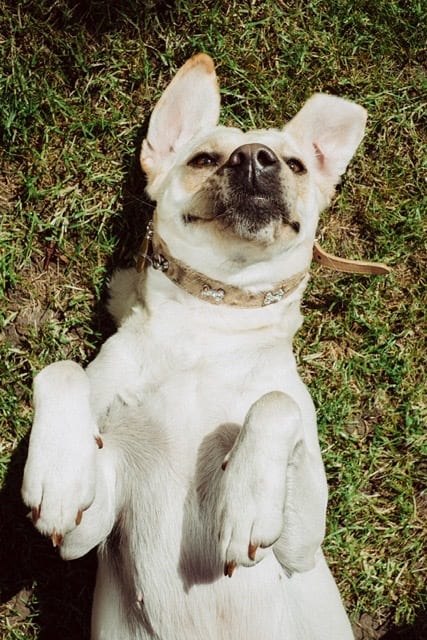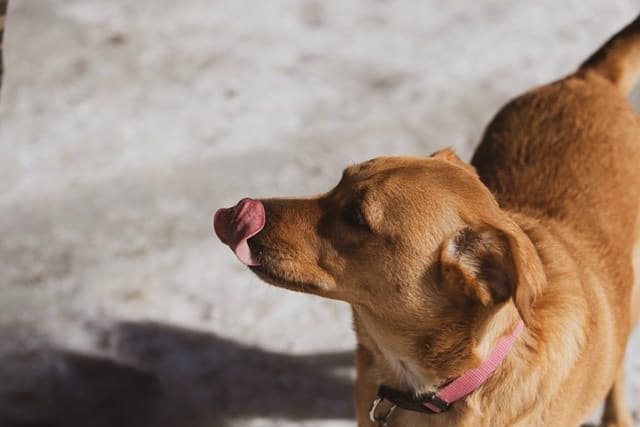Dogs are brilliant animals, which makes them excellent companions for humans.
They tend to understand humans’ needs and ensure they keep their masters happy by loving them. However, for the relationship to thrive, humans also have a role in ensuring that the dogs feel the connection and love under their care. A dog can quickly become grumpy and unresponsive if you are ignorant and uncaring. To avoid getting out of hand, dog owners should pay close attention to the signs and symptoms because dogs will always indicate when things are not right. Below are some common body language signs portrayed by dogs.
1) Check the Tail Position and Speed
Dog owners understand that pups come with different personalities and vary as much as humans do. It is essential to understand what this means as studies show different dogs are wired differently. Some dogs are more playful and stubborn, while others want to be left alone at specific times. However, after staying with your furry buddy for a few weeks, you will likely pick a few traits that communicate particular things. It is easy to know when a dog is restless because of fear, or when it is hungry, and when it merely wants to play or go outside. 
2) Check The Eye Contact
Dogs are smart and will behave in a specific manner when they want their owners to know something. One familiar body language a pet owner must pay attention to is eye contact. Just as it is the case with human beings, the eyes tell a lot about how one feels. Observe your dog’s eyes to deduce what is going on in its head. Just as you would be keen when you shop dog shoes that fit, a keen observer can tell that their dog wants their attention when the dog trains their eyes on them. 
3) Check the Ear Positioning
It is easy to tell what a dog is feeling or thinking by looking at the ears’ positioning. When they are high and forward-looking, this shows that the dog is alert and interested in knowing what you are saying and generally what is going around them. On the other side of things, when the dog’s ears are downward looking or dropping, he is probably confused or scared with whatever is happening in its surroundings. 
4) Check its gestures and Facial Expressions
Dogs are pretty much like people in the sense that whatever they go through at specific times will manifest in their facial expressions. Yawning may indicate that the pup is agitated and bored and not necessarily hungry, especially if it is adequately fed. Sometimes, dog owners fail to understand what it means when their dogs lick their faces. 
5) Check its Stance and Pose
The stance your dog takes is an excellent communicator. For instance, your dog may roll over as a sign of trust and happiness, especially if it exposes its belly. Consider rubbing the dog’s belly because this is one of the surest ways to show and express love in a manner that the pet will understand, rather than giving hugs and kisses. 
Final Thoughts
While dogs have familiar cues that mean similar things, they do not necessarily behave similarly. The dog owner’s responsibility is to learn what the pet is communicating by spending time with the animal. The bottom line is to have a good relationship with your pet and know what they mean by behaving in any particular manner.
Get our best articles straight to your inbox.
Subscribe to The DARling below:
About the author


